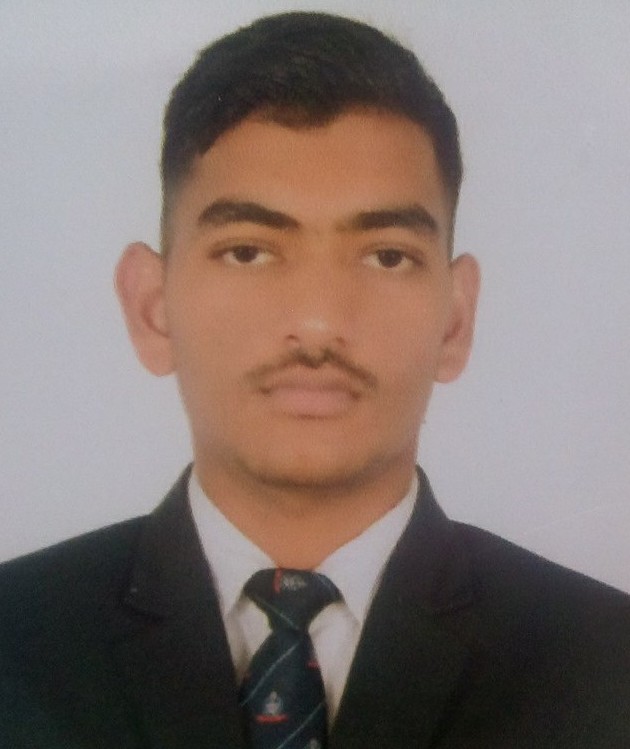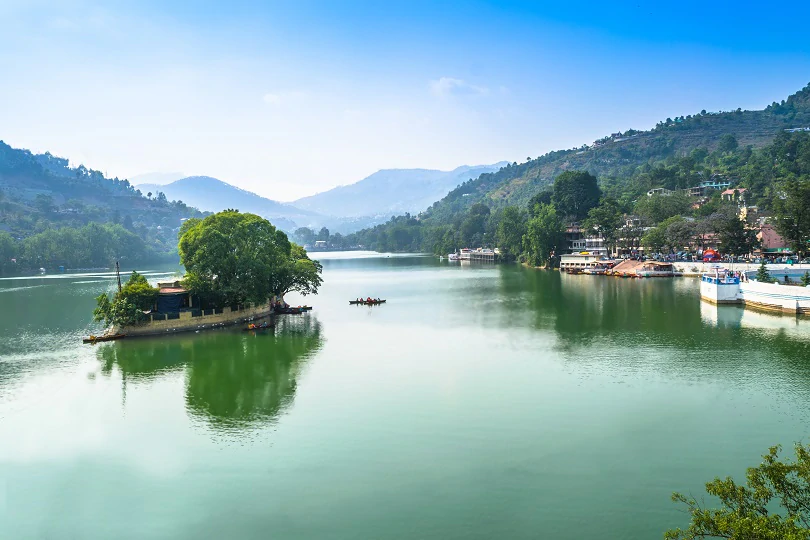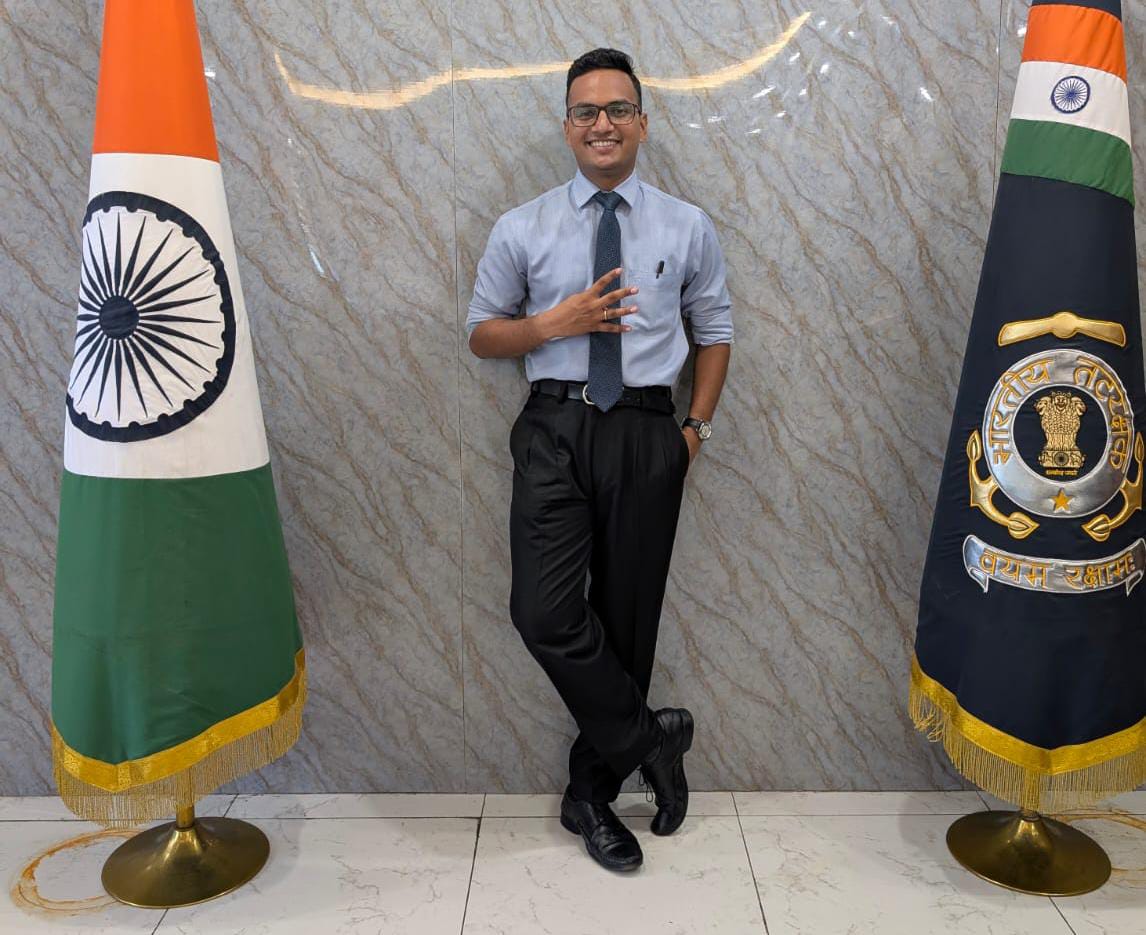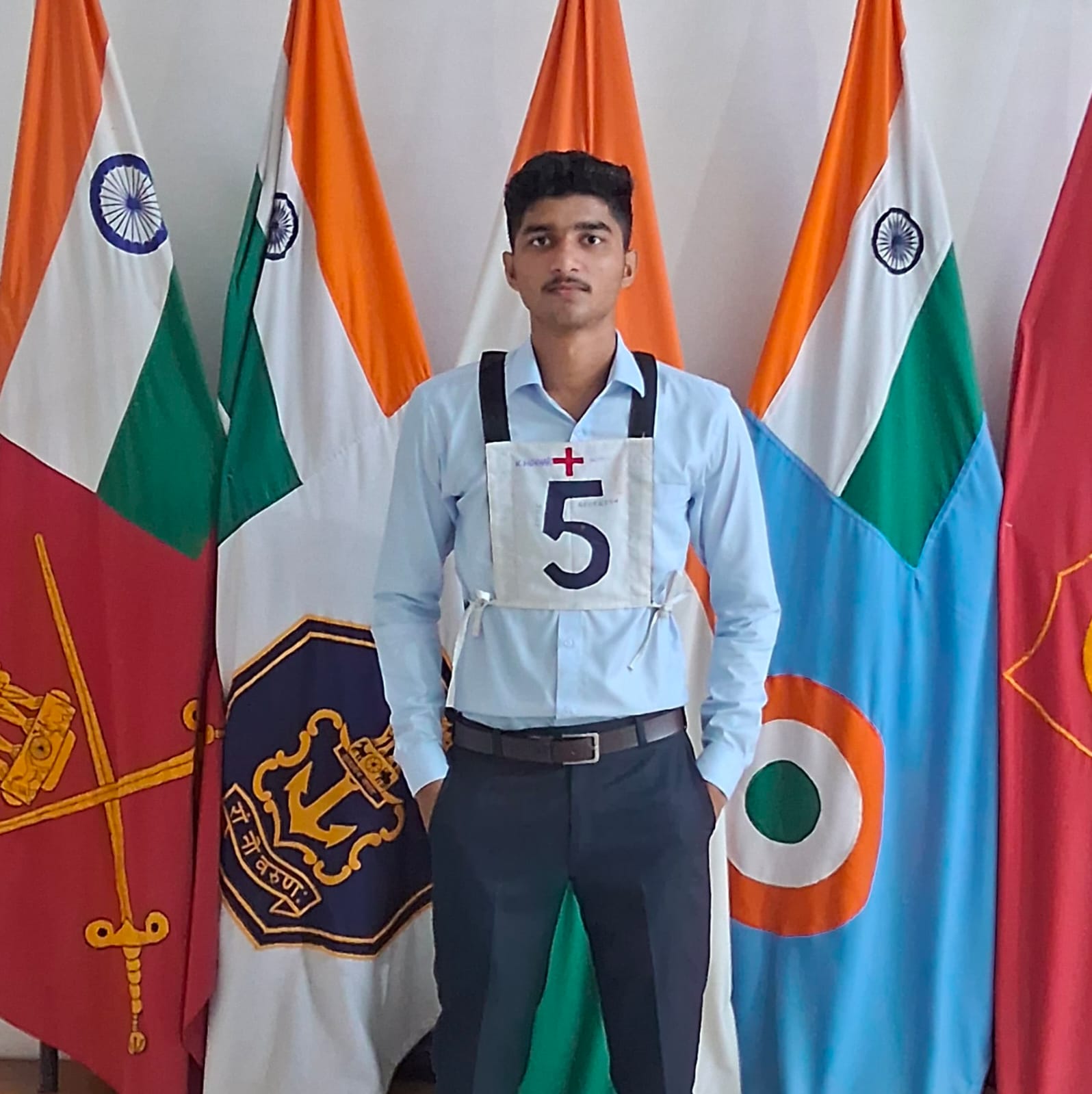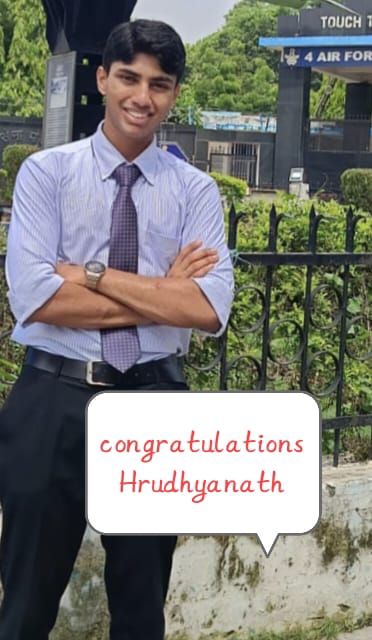Important Lakes of India (State-wise)
1. Jammu & Kashmir
- Wular Lake: Largest freshwater lake in India; fed by Jhelum River (also known as Vitasta, originating from Verinag) and Madhumati. Formed due to tectonic activity.
- Dal Lake: Known as the “Jewel of Srinagar”.
- Anchar Lake
- Ahansar Lake
- Surinsar Lake
2. Ladakh
- Tso Moriri: A saltwater lake.
- Pangong Tso: Approximately 1/3rd lies in India, 2/3rd in China. Venue for high-altitude marathons.
- Tso Kar: A Ramsar site and saltwater lake.
Note: Tamil Nadu has the highest number of Ramsar Sites in India.
3. Uttarakhand
- Roopkund: Known as the “Mystery Lake” due to human skeletons found in its depths.
- Bhimtal
Note: The terms “Tal” and “Kund” are commonly used for lakes in Himachal Pradesh and Uttarakhand.
4. Himachal Pradesh
- Chandratal: Also known as the “Moon Lake”, located in Lahaul.
- Maharana Pratap Sagar: Also called Pong Reservoir; formed on Beas River.
- Renuka Lake: Named after Goddess Renuka.
5. Haryana
- Sukhna Lake: Located in Chandigarh, a man-made lake.
- Surajkund: Famous for the annual crafts fair.
6. Rajasthan
- Pushkar Lake: Associated with religious significance in Hinduism.
- Jaisamand Lake: Also known as Dhebar Lake, located in Udaipur; Asia’s 2nd largest artificial lake.
- Lake Pichola: Known for Lake Palace and scenic views in Udaipur.
- Sambhar Lake: Largest inland saltwater lake in India, located near Jaipur.
- Nakki Lake: Located in Mount Abu.
7. Uttar Pradesh
- Govind Ballabh Pant Sagar: Also called Rihand Reservoir; Asia’s largest artificial lake, on the Rihand River.
- Fulhar Lake: Gomti River originates from here.
- Sur Sarovar: Also known as Keetham Lake, near Agra.
- Sarsai Nawar Jheel: A Ramsar wetland.
- Surhatal: Another important freshwater body.
India has 91 Ramsar Sites as of 2025, with Tamil Nadu having the most number of Ramsar sites.
Chilika Lake was the first Indian Ramsar Site, designated on 2nd February 1971.
8. Bihar
- Kanwar Taal: Asia’s largest oxbow lake, recently declared a Ramsar site.
9. Madhya Pradesh
- Bhojtal: Also known as Upper Lake, in Bhopal.
- Bansagar Reservoir
- Indira Sagar Reservoir
- Gandhi Sagar Reservoir
10. Gujarat
- Sudarshan Lake: Built by Pushyagupta Vaishya, governor under Chandragupta Maurya; later repaired by Rudradaman I of the Saka Dynasty.
11. Maharashtra
- Lonar Lake: A crater lake formed by a meteorite impact; unique alkaline and saline water.
- Koyna Reservoir: On the Koyna River, a tributary of Krishna.
- Shivsagar Lake: Formed by the Koyna Dam.
12. Kerala (“Water Gateway of South India”)
- Vembanad Lake: Longest lake in India.
- Periyar Lake: Formed around Periyar Wildlife Sanctuary.
Backwaters of Kerala are called “Kayals”.
Lagoon lakes are formed along the coastline, separated from the sea by a narrow strip of land.
13. Tamil Nadu
- Kodaikanal Lake: Man-made lake in the hill station.
- Pulicat Lake: Located on the border of Andhra Pradesh and Tamil Nadu; India’s second-largest brackish water lake.
- Kaliveli Lake: A seasonal wetland and bird sanctuary.
14. Telangana
- Hussain Sagar Lake: Connects Secunderabad and Hyderabad; known for the Buddha statue in its center.
- Kolleru Lake (partially shared with Andhra Pradesh): A Ramsar site and large brackish water body.
15. Goa
- Nanda Lake: Recognized recently as a wetland of importance.
16. Odisha
- Chilika Lake: Largest brackish water and saltwater lagoon in India; first Indian Ramsar Site.
- Ansupa Lake: Freshwater oxbow lake on the Mahanadi.
- Rengali Reservoir
17. Assam
- Chapanala Lake
- Deepor Beel: A Ramsar wetland near Guwahati, vital for migratory birds.
18. Meghalaya
- Umiam Lake: Also known as Barapani, a scenic reservoir near Shillong.
19. Tripura
- Rudrasagar Lake: Known for the Neermahal Palace, a Ramsar site.
20. Manipur
- Loktak Lake: Largest freshwater lake in Northeast India; famous for phumdis (floating biomass) and Keibul Lamjao National Park—home to the endangered Sangai deer.
21. Sikkim
- Tso Lhamo: One of the world’s highest freshwater lakes.
- Gurudongmar Lake: Also among the highest lakes in the world, sacred to Buddhists and Sikhs.

